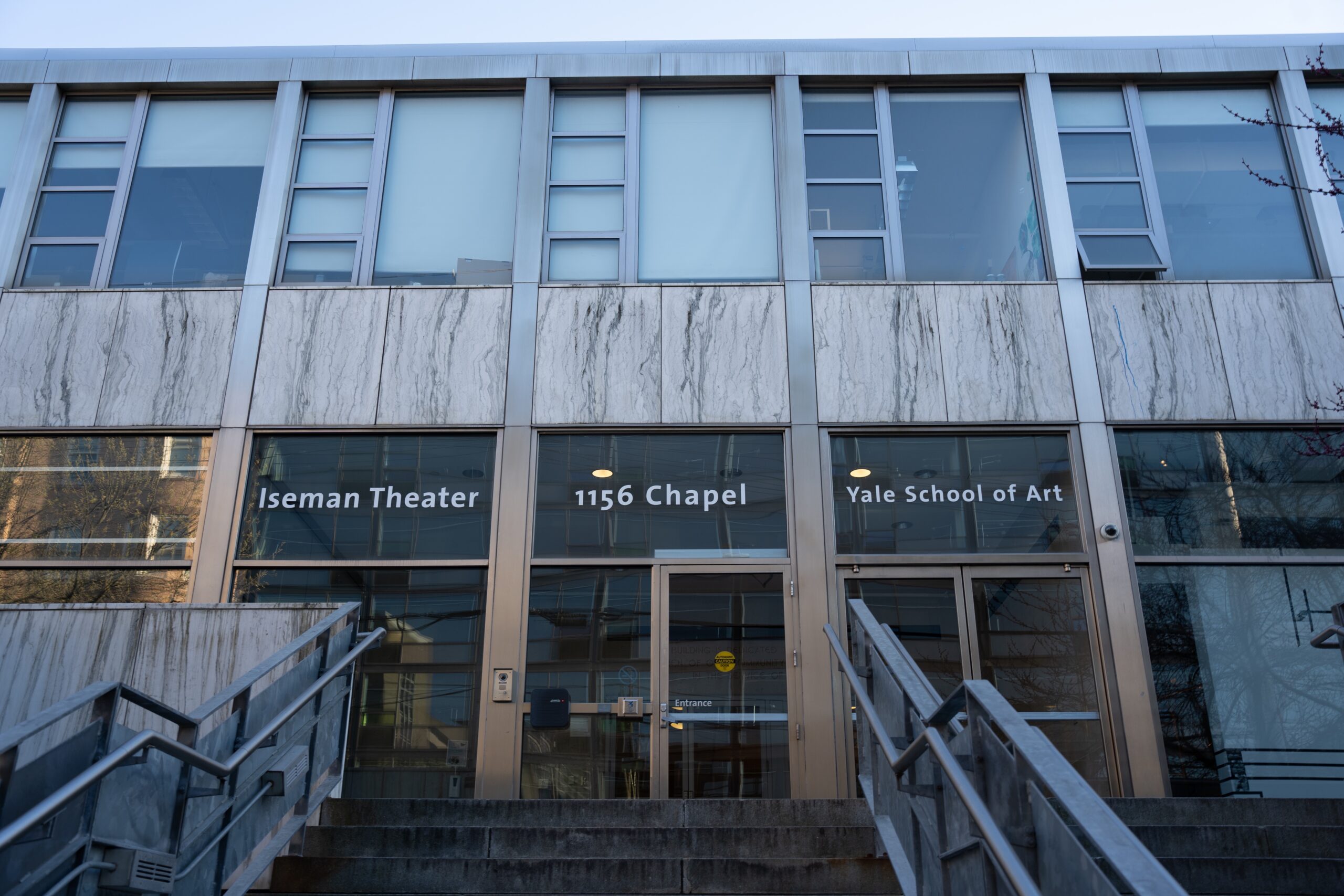
Ellie Park, Multimedia Managing Editor
Yale students are encouraged to explore new fields. However, introductory art courses have limited enrollment space and high demand.
Many students, even if they don’t plan to pursue an art major, still value the chance to get involved in Yale arts, but they might not be able to do so through classes. The News talked to art instructors and students about how non-art majors can get into classes.
“I think every student should have the opportunity to take these kinds of classes,” said Kern Samuel, an instructor teaching Basic Drawing. “Even if you’re a STEM major or humanities major, engagement with the arts, or at least the basic concepts within the class of drawing, can be very useful and foundational in life.”
Basic Drawing and Painting Basics are two prerequisite courses for art majors, who get priority during enrollment. Four sections of Basic Drawing are offered this semester, each capped at roughly 18 students.
When reviewing enrollment requests, Samuel prioritizes art majors, followed by those who demonstrate “strong, personal interest” and then general interest in the course material. However, the majority of the 14 students in Samuel’s class are non-art majors and have interests in various backgrounds and subjects, he said.
He advises interested students to know what they want to take away from the course and share how they can contribute their already-existing interests and academic backgrounds to the classroom. Samuel values students who have new perspectives to contribute to the class.
Walker Bargmann ’25, a pre-med student, unsuccessfully attempted to enroll in Basic Drawings twice.
“I think that Yale is a liberal arts curriculum at its core, and needs to stay true to that,” Bargmann said. “They should be doing more to give opportunities to non-majors.”
Basic Drawing is designed to be accessible to all skill sets, bringing together students with no drawing experience and those with already-existing artistic backgrounds, said Samuel.
However, he acknowledged that the breadth of skills adds challenges to teaching the class. He believes that students interested in beginner-level art could benefit from more classes that cater to their different skill levels.
Drawing for Non-Art Majors, offered by the Yale Residential College Seminar Program, is one such course. Separate from the School of Arts’ curriculum and taught by visiting lecturer Justin Kim ’92, the course is specifically designed for students pursuing non-art disciplines.
“I’m really trying to cover a lot of curriculum in one semester, because, for some students, this may be the only course that they take in studio art,” he said.
The course is not consistently taught; it’s been offered three times throughout the past four years. Whether the course is offered depends on Kim’s availability and the willingness of residential colleges to sponsor it.
The enrollment process for this course is also selective. This year, there were over 60 applications for 16 spots. Some of those spots were reserved for students in the residential college sponsoring the course — Berkeley College this year.
Kim believes enrollment requests are important opportunities for students to advocate for themselves.
“I go through and I seriously read all of those applications,” Kim stated. “I have this whole list where I have to go through and take notes on everybody to try to winnow it down.”
Yet, there are limitations to the opportunities that Yale students have, according to Bargmann.
By the time Bargmann was an upperclassman, he could not take the Basic Drawings course due to the demands of his pre-med and major requirements, despite seeing the value of artistic skills for a pre-med student.
Bargmann would want to see a science drawing course, as he believes that illustration skills go hand-in-hand with studying human osteology and anatomy. He wishes Yale would increase the number of seats in popular courses and provide more opportunities for students to take their first-choice classes.
Burton Lyng-Olsen ’25, a joint Computer Science and Economics major, got into Painting Basics on his second try this semester. Lyng-Olsen was able to join the class “with persistence and leveraging [his] seniority.”
While intro-level courses adequately addressed the needs of art majors, Lyng-Olsen said, he thinks that the current offerings don’t have space to include the level of interest from non-arts majors.
“I think the oversubscription comes from visiting people like me who are just like, ‘Oh, it seems fun,’” Lyng-Olsen said.
According to Lyng-Olsen, art history lectures and seminars offer students a chance to learn more about art and seem far less competitive to get into than studio classes. He also pointed to spaces like the Yale Visual Arts Club, which holds social events for group painting.
“I think there’s a lot of opportunity here,” Lyng-Olsen said. “If you really care, you can find time.”
The Yale School of Art is located at 1156 Chapel St.







